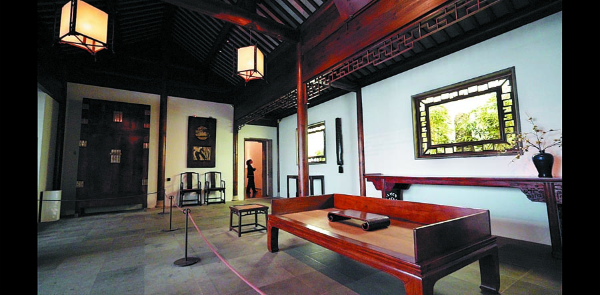Artful bliss in the garden of blankness
By Zhao Xu in New York | China Daily | Updated: 2019-06-01 10:30

These days, Hearn often walks to and from work across Central Park, on whose eastern side the museum sits. "I'm very aware of the changing scenery of nature," says Hearn, in his late 60s.
"Both the Chinese and the Japanese celebrate the transient and the ephemeral, which has become a poignant part of my life."
The passage of time has certainly changed a lot. Having perused so many scrolls, Hearn is no longer conscious of the red seals stamped on a painting by those through whose hands the work of art has passed over centuries. He looks beyond them, right into the world of the creator.
But certain things remain unchanged, like the passion for learning.
"Fong often reminded me, 'Don't forget the young Mike Hearn who comes and gets inspired by what he sees.' That's why I'm here."
In 2017 Hearn's department teamed up with the Chinese Ministry of Culture for the blockbuster show Age of Empires: Chinese Art of the Qin & Han Dynasties (221 BC-AD 220). For the near future, Hearn is considering mounting a series of smaller exhibitions that dive deeply into a single idea.
"In both cases, our commitment is to exhibitions with strong scholarly value, which we offer to our 7 million visitors."
Looking back, Hearn said that when he walked around to knock on the back door of the Nelson-Atkins Museum 48 years ago, he had no idea about the "back door", or houmen, being one of the most used metaphors in Chinese language.
"Today I know it means 'to play unfair and get something through bribing or personal connections'. But that's not what the back door means to me. Mine is about the road not taken. I could have followed my father to become a businessman but I got distracted from that. I feel so lucky that I did. You've got to find your back door because that's your own door."
























